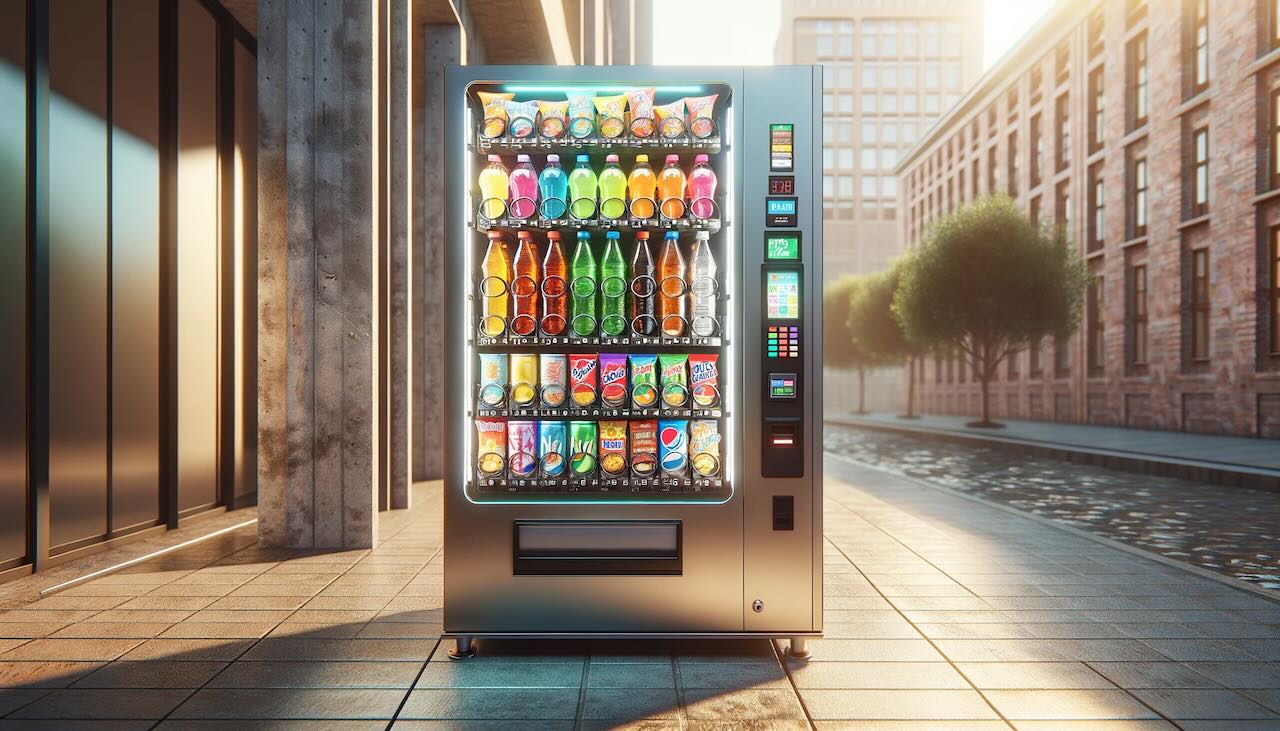Vending machines are a common sight in Japan, with these convenient devices found on nearly every street corner. Japan is known for having an exceptionally high number of vending machines compared to the rest of the world. But how do other countries utilize these machines? In this article, we’ll compare the prevalence of vending machines in Japan and abroad, exploring the differences in their usage and popularity.
The Ubiquity of Vending Machines in Japan
Japan boasts over 5 million vending machines, which is a staggering number compared to other countries. With a population of approximately 120 million, there is roughly one vending machine for every 40 people in Japan. These machines offer a wide range of products, from beverages and snacks to cigarettes, novelty items, and even hot meals and fresh produce. This diversity and easy accessibility form the foundation of Japan’s vending machine culture.
Vending Machines Overseas
When looking at other countries, the prevalence of vending machines varies greatly. Generally, the concentration of vending machines is lower than in Japan, and there are differences in their locations and the types of products they offer.
- United States: In the US, vending machines are found in public spaces, office buildings, and schools, but they are not as ubiquitous as in Japan. American vending machines primarily dispense beverages and snacks, with a limited variety of items per machine.
- Europe: Across many European countries, vending machines are located in train stations and tourist areas, but they are not as densely packed in residential neighborhoods as in Japan. Food-dispensing vending machines are less common, with most machines focusing on beverages.
- Asia: In other Asian countries like Singapore, South Korea, and Taiwan, vending machines are more common in urban areas, but still not as prevalent as in Japan. These countries also feature mostly beverage and snack-oriented vending machines, with less diversity compared to Japan.
Conclusion
Japan undoubtedly stands out globally for its high number of vending machines. Not only are there significantly more machines in Japan compared to other countries, but they also offer a wider variety of products. In contrast, while vending machines are becoming more common overseas, they have not reached the same level of prevalence, location diversity, or product range as in Japan. These differences can be attributed to cultural backgrounds, lifestyle habits, and market demands. As vending machines continue to evolve, it will be interesting to observe how they develop and integrate into societies around the world.





















